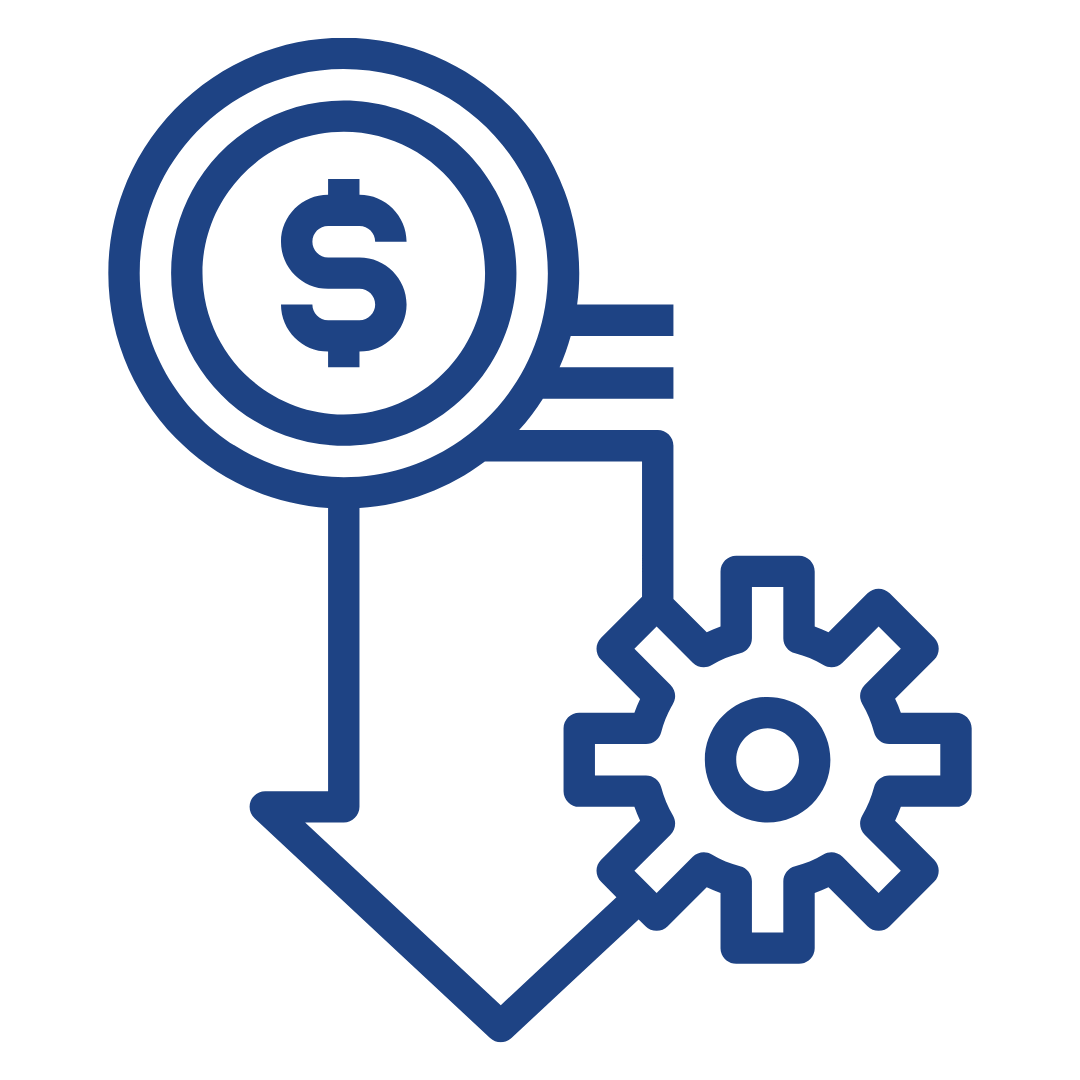Remote Engine Condition Monitoring Enhances Fleet Management
Overseeing operations and maintenance and ensuring the reliability and efficiency of critical equipment like engines and propulsion systems is paramount for fleet managers. Unplanned downtime resulting from engine failures can lead to significant operational disruptions, costly repairs, and potential safety hazards. To address these challenges, remote condition monitoring has emerged as a powerful solution.
Remote monitoring is the process of monitoring the condition and machinery from a remote location, using sensors and data transmission over a network. The marine, oil & gas industries greatly benefit from remote monitoring due to the often remote and harsh operating environments involved.
Many critical assets like engines, shafts, and turbines are located on offshore platforms, ships, or remote land-based facilities. The need for remotely monitored engines arises from the desire to improve asset reliability, reduce maintenance costs, optimize operations, and ensure environmental compliance by closely tracking emissions.
Remote monitoring allows continuous monitoring of this equipment’s health, especially the engine’s, without requiring personnel to be physically present, improving safety and operational efficiency. This technology saves hours spent on manual inspection and troubleshooting by marine experts, freeing up valuable time and resources. By leveraging remote monitoring, potential issues can be identified and addressed promptly, minimizing downtime and ensuring smoother operations. This advancement not only enhances safety but also boosts overall productivity and cost-effectiveness in marine operations.
Importance of Remote Condition Monitoring System

Enables continuous
monitoring of
equipment
Reman spare parts from Caterpillar are typically more
cost-effective than purchasing brand-new components, allowing you to optimize your maintenance budget without compromising on quality.
Read more

Early
detection of
potential failures
Identifies anomalies and deviations from normal
operating parameters, enabling early intervention before catastrophic failures occur.
Read more

Proactive maintenance and prevention of unplanned downtime
Facilitates proactive maintenance strategies, reducing the
likelihood of unplanned downtime and associated costs.
Read more

Optimization of
maintenance schedules
and cost reduction
Provides data-driven insights for optimizing maintenance
schedules, reducing unnecessary maintenance expenses, and extending asset life cycles.
Read more

Improved safety by reducing personnel exposure to hazardous environments
Minimizes the need for personnel to be physically present
in hazardous or confined spaces for inspections and maintenance.
Read more

Data-driven decision-
making for
engine optimization
Leverages advanced data analytics and predictive models
to support informed decision-making for equipment optimization and performance enhancement.
Read more

Helps
in taking
quick decisions
Enables rapid response to emerging issues, ensuring that
corrective actions can be taken swiftly to prevent further complications.
Read more
How Does Engine Remote Condition Monitoring System Work?
Engine remote monitoring typically involves the following steps:
Sensor Installation
components of the engine to monitor its condition and performance. These sensors include torsional vibration sensors, oil quality monitoring sensors, pressure sensors, and temperature sensors.
Read more
Data Acquisition
Edge Computing
Read more
Data Transmission
Read more
Cloud-based Dashboard
Read more
Remote Monitoring and Analysis
Read more
Collaborative Decision-Making
Read more
Maintenance and Optimization
Read more
Neptunus's Engine Remote Condition Monitoring System:
Benefits of the Engine Remote Condition Monitoring System by Neptunus
- Prevent Unplanned Downtime due to Engine Breakdown
- Ensure Shortest Turnaround Time
- Save 30% or More in Engine Maintenance Cost
- Optimize Scope of Engine Maintenance